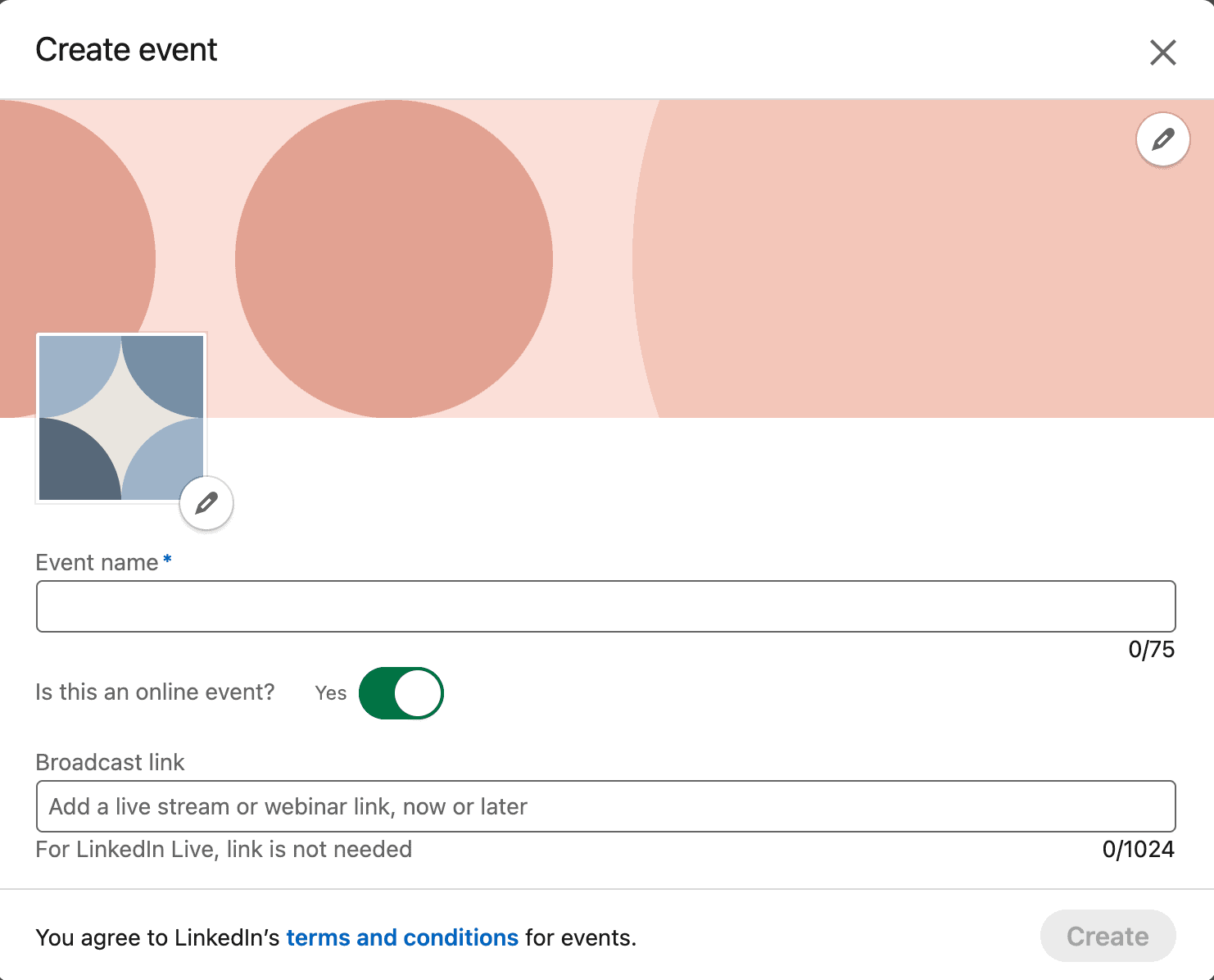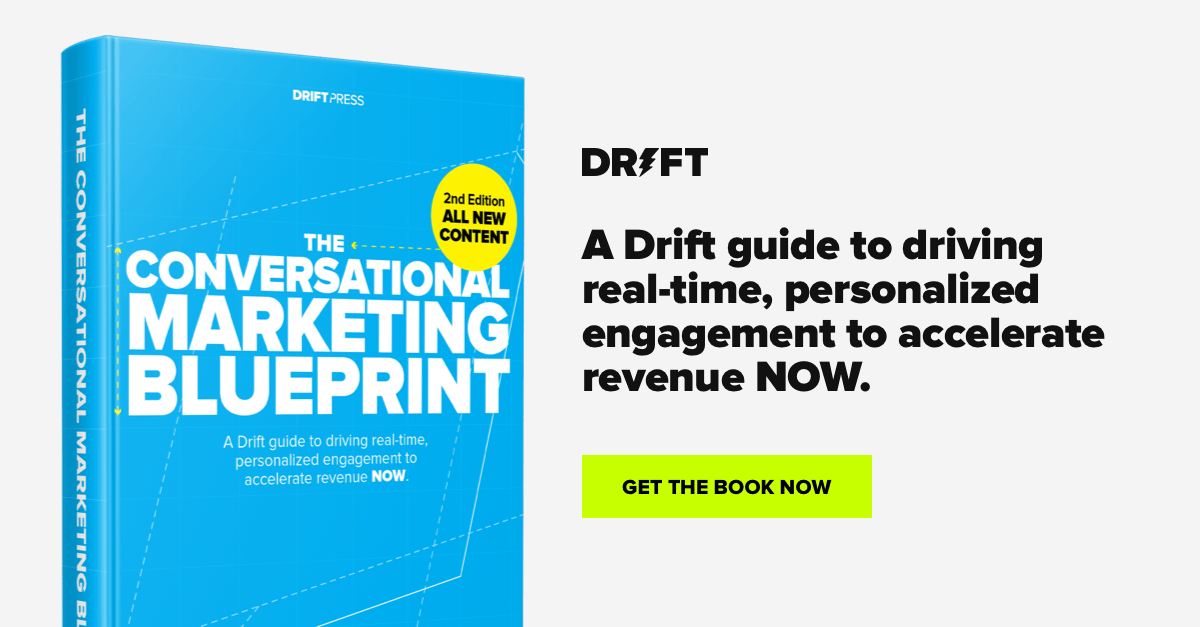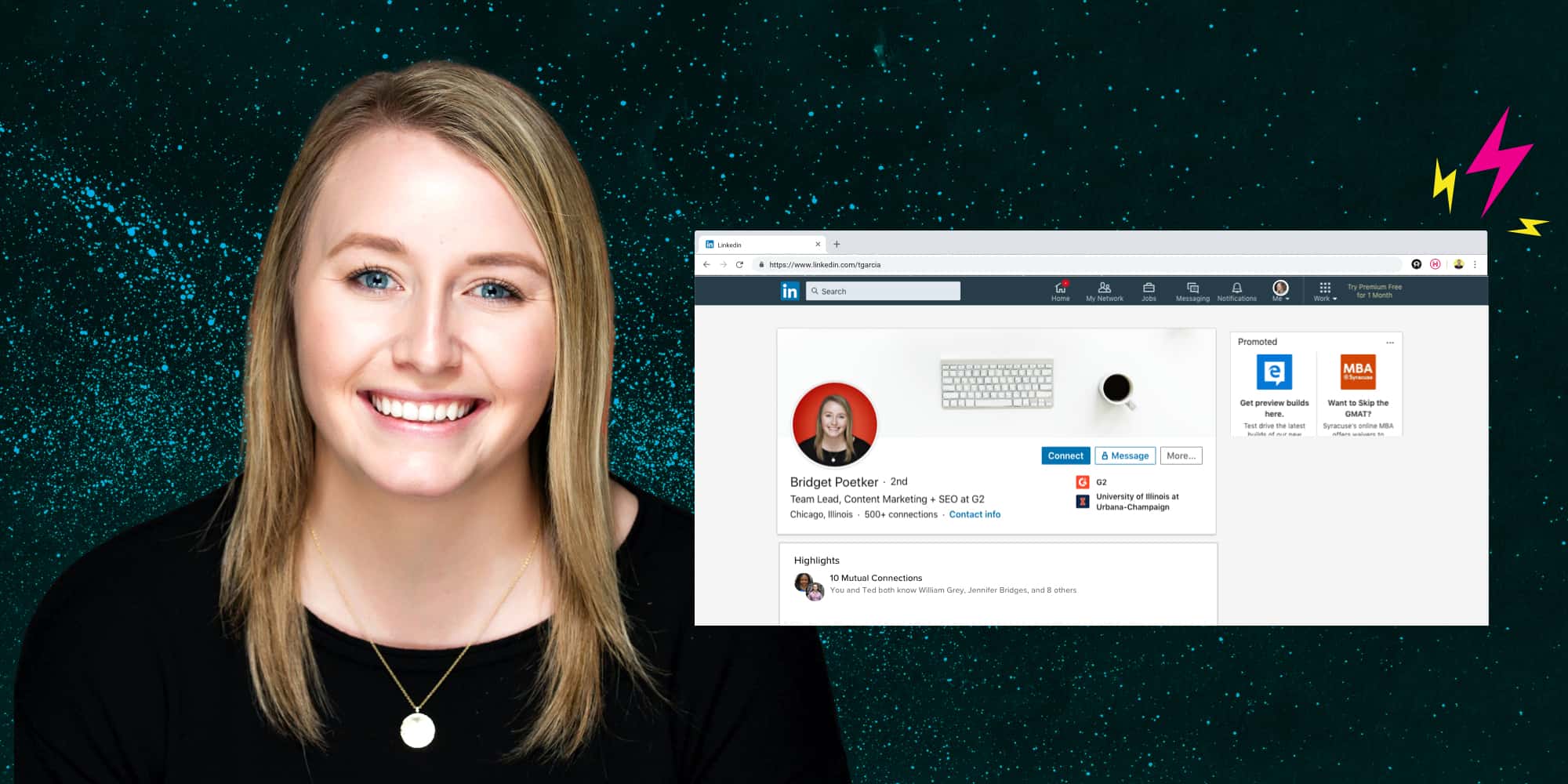Building a brand isn’t just about the logo, style, or font.
It’s about experience, trust, and connection. The best brands create a community of people – and what better way to do that than to interact in real-time, face-to-face?
Video remains a powerful channel for marketers to do just that – in fact, 62% of companies plan to adopt live video streaming as a conversion-focused marketing channel.
If your audience is part of the 760 million professionals on LinkedIn, LinkedIn Lives are a great way to connect with them and grow your community.
And they generate a lot more engagement than native video – 24x more comments and 7x more reactions, to be exact.
But how can you best leverage LinkedIn Live streaming? And how does it fit as part of your wider marketing strategy? I sat down with Nihal Salah, Head of Content Marketing at Fuse Universal – on LinkedIn Live, naturally – to discuss how marketers can develop a LinkedIn Live strategy that drives brand awareness and maximizes ROI.
Why LinkedIn Live Streaming Is Your New Conversational Tool
What sets LinkedIn Live apart from other live streaming services all comes down to rule #1 of marketing: Knowing your audience.
Your B2B customers and prospects probably use YouTube or Facebook. But unlike those channels, they use LinkedIn for professional purposes. It’s where they expect to hear from you.
It’s a platform purpose-built for career advice, inspiration, and content. So why not use it?
Especially since it’s 277% more effective for generating leads… 👀
You have to go where your customers are. LinkedIn Live streaming engages your audience in real-time – and it feels much more like a conversation. You can use LinkedIn Lives to:
- Tease certain parts of a virtual or in-person event
- Launch a product or demo a new feature
- Record a podcast live
- Host informal conversational events for a wide audience
- Build thought leadership and personal branding for internal SME’s
By weaving LinkedIn Lives into your broader event strategy, you can create more brand awareness, engage (and increase) your social community, and generate useful, relevant content to repurpose for demand generation.
4 Elements of a Successful LinkedIn Live Streaming
What makes a successful LinkedIn Live stream? That depends on your goals.
Whenever you enter a new channel, it will take some time to figure out how to balance the right amount of engagement.
Everyone learns differently. 65% of people are predominantly visual learners, while 30% are predominantly auditory learners. That means that for your message to come through, you’ll need a mix of styles.
On LinkedIn, it’s all about building a relationship. It’s a social network, after all.
You’ll need to find ways to engage your community, and done right, you’ll find the same people show up each week, looking for your content, the same way that other prospects might prefer to listen to your podcast or read your blog.
LinkedIn Live is a channel that’s full of untapped potential. For successful LinkedIn Live streaming, you’ll need:
1. A Focused Topic
3 out of 4 executives watch work-related videos every week. Make sure your LinkedIn Live is one of them with a relevant topic.
Since LinkedIn Live streaming is more conversational, you’ll need to be more specific than a typical category, or even to your products. Focus on ones that address one pain point, one tool, one trend, or one feature at a time.
We’ve talked through AI for marketers, given an inside look at our RevGrowth virtual events, and dissected specific pieces of content like our State of B2B Buyer & Customer Experience report – all things our Drift audience cares about.
For a LinkedIn Live, you want to keep the discussions relatively short – no more than 30 minutes. That means unlike a webinar, you really have to zero in on what’s going to help your audience the most.
And no, you don’t need slides to effectively present on a topic 🎤
Consider LinkedIn Live the talk show channel of your marketing mix. Like podcasts, the best live streams are interviews, debates with several panelists, or conversations with thought leaders, employees, or customers.
2. Exciting Guests
Because LinkedIn Live streaming is, well, live, you can open up the conversation a little bit more. Choose guests that have strong opinions on the topic and that may challenge your thinking – whether it’s one guest or several with a moderator.
You can easily mix up the hosts, too, with different employees running LinkedIn Lives from their personal accounts to build thought leadership for them but also to add variety, especially if you’re discussing similar topics.
One thing to keep in mind: Going live isn’t for everyone.
Make sure your guest is comfortable off-the-cuff. Unlike a podcast (or even a pre-recorded webinar) there are no take-backs or re-dos. So make sure they’re comfortable going live – and all the ups and downs that go along with it.
3. Consistent Content Creation
Like any channel, if you’re going to try it, you need to give it a chance to make it work for you. Building an engaged audience requires consistency and predictability – and time for word-of-mouth to spread.
While webinars tend to be one-off, think of your LinkedIn Lives as episodic. Run them at specific times each quarter or month, with similar topics or themes. And it’s ok to repeat topics, too – if you have multiple guests, you can get different takes and opinions and play them off each other.
Part of why consistency matters is in the way LinkedIn hosts the events. Typically, followers will get a push notification, but otherwise, there’s no natural calendar integration (we’ll talk about a workaround in a bit). Doing a LinkedIn Live stream at the same time each week or month means there’s something people can expect.
The other benefit? LinkedIn, like most social platforms, rewards consistency. Showing up regularly is going to give you more reach and views.
4. The Right Tools
Like any channel, there are a few tools you’ll need to execute. The setup that’s been working for us includes:
- LinkedIn Events and Stories: Obviously, we’re using LinkedIn as a platform, so it only makes sense to use LinkedIn Events and LinkedIn Stories to promote upcoming live streams.
- Streamyard: Unlike Facebook or Instagram, the streaming itself is done through a third-party tool of your choice. At Drift, we use Streamyard to do all of our live streams, regardless of platform, and they just make it easy to have anyone represent your company’s brand.
- Shield: We measure our performance with Shield, which provides personal analytics for your individual LinkedIn account. What I like best about their features is seeing trend analysis, especially when it comes to the live streams – how is it increasing my engagement, and how many people watch live vs. afterward? Seven of us here at Drift use Shield, so we can tie those metrics back to Drift’s brand engagement and awareness.
- Addevent.com: This allows us to put an “Add to Calendar” link within our LinkedIn Events since there isn’t an automatic integration.
- Otter.io: This Microsoft tool automatically records and transcribes at the same time, making it easy for us to repurpose and promote the event as soon as it’s finished.
Once you have the tools in place, it’s time to run your first LinkedIn Live.
4 Tactics to Run Your LinkedIn Live
Ready for the camera to roll? Once you’ve got your topics, guests, cadence, and tools, it’s time to actually schedule and run your first event. Keep in mind these four tactics:
1. Prepare for Anything
Conversational Marketing may feel more casual, but it takes prep to make it feel that way. Schedule a pre-session meeting with your guest or internal team. Depending on your relationship and the topic, this can be as quick as a 15-minute touchpoint or a longer discussion going over everything you want to cover.
Prepare a list of talking points to go through. Usually, I like to have a Google Doc running with my guest that hits on all the major questions I want to ask, plus any advice or examples around the topic so that I can remember it in the course of the conversation.
Then, schedule the session on LinkedIn Live and add the Streamyard link to the calendar invite. Make sure the timing works for your audience. You’ll have to see what works for you, but a good rule of thumb for LinkedIn is between Tuesday and Thursday, from 8 a.m. to 2 p.m. in your time zone.
A few days before go-live, run your guest through Streamyard (or whatever tool it is you’ll use) so they’re familiar with the different technical aspects. You can do this in your prep call, but I find that if it’s not a tool they usually use, the closer to the session, the fresher it will be. The good news is that most streaming tools are relatively straightforward – but play around with them to find one you like and give yourself a chance to get comfortable before your session.
One final thing to keep in mind: to broadcast on your personal profile or company page on LinkedIn, you’ll need to fill out an application based on your audience, following, and security ahead of time, at least while it’s in beta.
2. Promote Your Event
To trigger push notifications for connections and followers, create a LinkedIn Event with the details. You can do this right from your home feed by clicking “Event” instead of “Post.”
You’ll want to add a catchy title, description, cover image, and set the time and date.

To promote it, share the event directly via LinkedIn and use the event link in your regular communication cadence. It will look like this:

Promote your LinkedIn Live streaming the same way you would a webinar:
- With a landing page, capturing emails, and sending reminders.
- With your social handles, especially LinkedIn and LinkedIn Stories
- With hashtags around your topic and brand, so people can find it
Use Addevent.com to include an “Add to Calendar” link which generates an automatic reminder, and in any communications, include a note to follow you on LinkedIn so it triggers a push notification.
3. Focus on the Conversation
The biggest thing for LinkedIn Lives? Don’t overthink it.
Run the live session as a conversation. Start by describing what the session is about, and continue to loop back, so if someone joins late or comes across the session in their feeds can jump in. Keep it unscripted and unproduced, like someone’s dropping in on a Zoom call about a topic that interests them.
Since it’s a conversation, interact with the audience. Make it easy by asking them to post a quick “Hello!” and where they’re based in the comments. This serves two purposes:
- It engages your audience immediately, making them feel comfortable and interested in what you have to say
- The more comments you receive, the more LinkedIn rewards the post, so the higher engagement, the better your session will perform
Then, encourage your audience to ask questions throughout. Many people say this in webinars, but never actually answer the questions until the end – reward your audience by pausing your conversation to answer a question or two every few minutes, in a way that feels natural. This is easy directly within Streamyard, which pins questions on the screen for you to see – so shout-out names and questions as they come in.
Acknowledge and respond to comments if you can, and if it’s too many to answer in one session, be sure to go back and respond later. You can also ask a colleague to jump in on responses or drop in any relevant links as they come up.
Most of all – be prepared for anything. You might lose a guest, have a kid or pet pop in the background, or drop your Wi-Fi connection halfway through. Technical issues and all kinds of hijinks are going to happen, so when they do:
- Stay calm and keep going.
- If you feel yourself starting to ramble, take a deep breath. Say something like, “Let me rephrase that.” or “I’m getting ahead of myself.” or “Let me gather my thoughts.”
- Any silence may feel excruciatingly long to you, but it’s only a beat to your viewers. You got this!
- Have a colleague on hand to troubleshoot with or to add comments if one of you drops off.
4. Generate New Content
Now is the fun part. Make your LinkedIn Live streaming work harder for you by repurposing the content. It’s one of the best parts about the medium – it’s a much lower-lift way of generating content, and because the topics are short and specific, they work in a variety of other formats.
Once the event is over, it will appear on your LinkedIn feed. Immediately download the recording from Streamyard. Recordings are only stored for 15 days, so it’s best to do it right away so you don’t forget.
Then, recycle it into other content by:
- Download the audio and create a podcast episode
- If you want to gate the content for the future, download the video from Streamyard and delete it from LinkedIn.
- Create a blog post and embed the video and transcript (hi 👋)
- Use snippets of the video recording in organic and paid social posts
- Add the video to your YouTube channel









